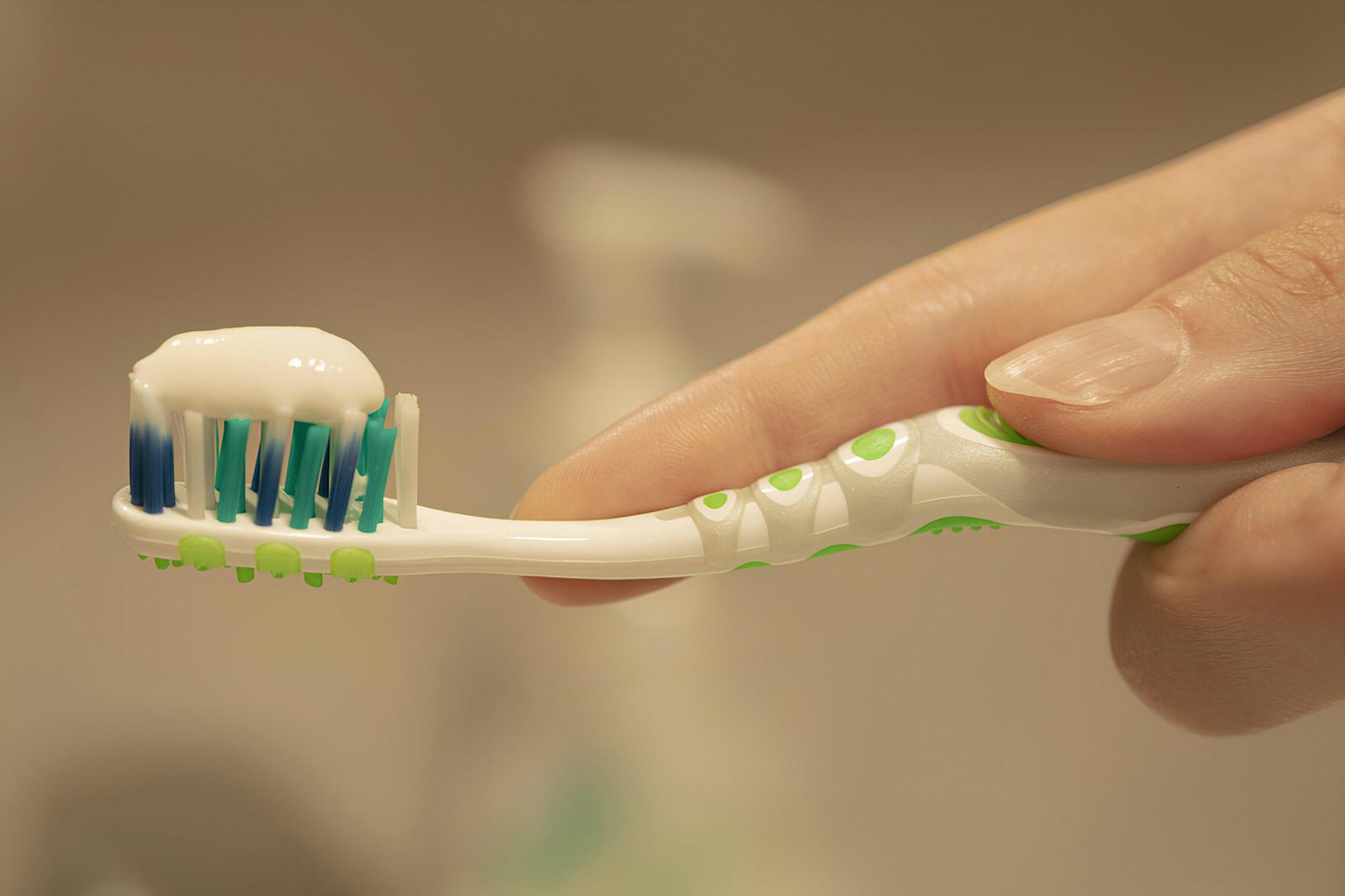Table of Contents
ToggleIntroduction
As temperatures rise, keeping your home cool and comfortable can become a costly and environmentally damaging task. Traditional air conditioning systems are often energy-intensive and can contribute to greenhouse gas emissions. Fortunately, there are numerous eco-friendly house cooling options that can help you beat the heat without harming the planet. In this article, we will explore a range of sustainable, energy-efficient, and cost-effective options for keeping your home cool and comfortable.
Passive Cooling
Passive cooling techniques are a popular and effective way to cool your home without using energy. Passive cooling techniques rely on natural ventilation, shading, and insulation to keep your home cool and comfortable. Some of the most popular passive cooling options include:
- Cross Ventilation: Cross ventilation involves creating a pathway for cool air to enter your home and hot air to exit. This can be achieved by strategically placing windows and doors to encourage natural air flow.
- Shading: Shading can help reduce the amount of heat that enters your home. You can use trees, shrubs, or awnings to block direct sunlight and keep your home cool.
- Insulation: Proper insulation can help keep your home cool by preventing heat from entering your home. Insulation can be added to your walls, roof, and windows to help keep your home cool and comfortable.
Active Cooling
Active cooling techniques involve using energy to cool your home. However, there are numerous eco-friendly active cooling options that can help you reduce your carbon footprint. Some of the most popular eco-friendly active cooling options include:
- Ceiling Fans: Ceiling fans are a cost-effective and energy-efficient way to cool your home. They use a fraction of the energy of traditional air conditioning systems and can help circulate cool air throughout your home.
- Evaporative Coolers: Evaporative coolers, also known as swamp coolers, use water to cool the air. They are an eco-friendly and cost-effective alternative to traditional air conditioning systems.
- Heat Pumps: Heat pumps use electricity to move heat from one area to another. They can be used to both heat and cool your home and are an energy-efficient alternative to traditional heating and cooling systems.
Renewable Energy
Renewable energy sources such as solar power can also be used to cool your home. Solar-powered air conditioning systems are becoming increasingly popular and can significantly reduce your carbon footprint. Additionally, solar-powered attic fans can help reduce the amount of heat that enters your home by venting hot air out of your attic.
Conclusion
There are numerous eco-friendly house cooling options available that can help you keep your home cool and comfortable without harming the planet. From passive cooling techniques to active cooling options and renewable energy sources, there are many sustainable and cost-effective ways to beat the heat. By incorporating these eco-friendly cooling options into your home, you can reduce your carbon footprint and help create a more sustainable future.







